The Epic Walking Tours Greenwich Village Historical Tour stops at Washington Square Park, where ASPCA founder Henry Bergh installed the park’s first fountain, which was built to provide water for horses. Bergh also lived and worked in the Village. This article contains excerpts from a March 1, 2024, interview with NYCLASS Executive Director Edita Birnkrant. NYCLASS has continued Bergh’s legacy by advocating for horses and other animals in New York City.
ASPCA founder Henry Bergh, who became known as “the Great Meddler” in the 1860s, encouraged people to show compassion for animals before laws existed to protect them. He would be disappointed that large-scale, merciless cruelty towards animals, including horses, still exists today. But he would also be heartened that the work to protect animals continues.
NYCLASS, a nonprofit organization carrying Bergh’s torch of kindness, gives voice to the causes Bergh championed. NYCLASS Executive Director Edita Birnkrant recently joined Epic Walking Tours for an interview about the organization’s tireless work to protect and free New York City’s horses forced to work in unsafe and cruel conditions.
The meddling continues.
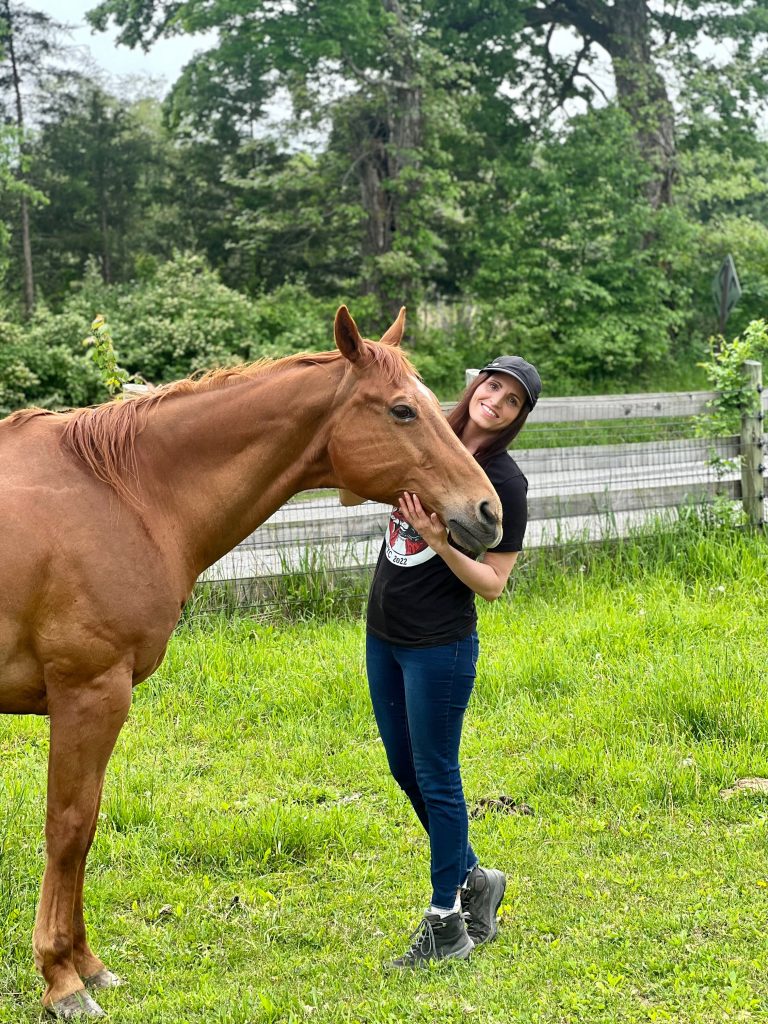
In what ways does Henry Bergh’s legacy inspire your work at NYCLASS?
Edita Birnkrant: “Henry Bergh is a huge inspiration for our work at NYCLASS. Bergh’s legacy is epic. He is responsible for starting the animal welfare movement in the United States by creating the first ASPCA, and he created the first real animal welfare laws in the country! And what spurred his work and legacy was the terrible abuse he saw happening to horses used as vehicles. In fact, the original seal for the ASPCA from 1867 depicts a horse-drawn carriage driver ruthlessly beating a fallen horse with a spoke while an angel of mercy holding a sword looms overhead to protect the suffering horse.
The ASPCA seal eerily mirrors the image of carriage horse owner Ian McKeever whipping fallen horse Ryder on the streets of Hell’s Kitchen in August of 2022, two centuries later. Ian McKeever is currently being prosecuted by the Manhattan District Attorney for criminal animal abuse in the case of Ryder, his elderly and very sick horse who later died after he collapsed in Hell’s Kitchen and was whipped by McKeever after months of neglect and cruelty. The NY State animal cruelty laws still use the word “overdrive” in the criminal statute—a direct result of Bergh’s legacy in advocating for carriage horses who were often worked to the point of collapse or death—just like Ryder.
Bergh is also responsible for creating the first rescue ambulances for horses and for providing water for the horses. Although NYCLASS’s goal is to ban horse-drawn carriages, we also succeeded at passing reform legislation, including the Carriage Horse Heat Relief Bill, and changing the law to relocate the carriage horse pickup and drop-off areas, which resulted in a total change in how the industry operates and prevents drivers from soliciting in Times Square and other areas of Midtown where they formally solicited rides.
Bergh’s legacy inspires me to keep going, no matter the obstacles the status quo presents. I also know that Bergh took a lot of personal abuse from animal abusers, especially horse carriage drivers, and that is something that we, as animal advocates, still have to deal with today. Bergh was ridiculed, called crazy, physically attacked, and even endured death threats for advocating for animals. That sounds familiar!
History now proves that Bergh was a hero who changed how the world views our treatment of animals—a trailblazer ahead of his time. In his era, it was unthinkable to demand moral consideration for our treatment of animals. Abusing and exploiting animals without a second thought was the norm. Bergh confronted that cruelty head-on, even while putting himself at great risk, and he changed the world for animals. Yet, two centuries later, carriage horses are still suffering terrible abuse. Old habits die hard!
NYCLASS is committed to banning horse-drawn carriages in New York City. In Bergh’s era, horse-drawn carriages were the only mode of transport. The world has evolved, and now urban horse-drawn carriages exist as a relic of the cruel past and it’s time they stay in the past. We pledge to continue Bergh’s legacy to make history for horses exploited in the horse-drawn carriage industry.”
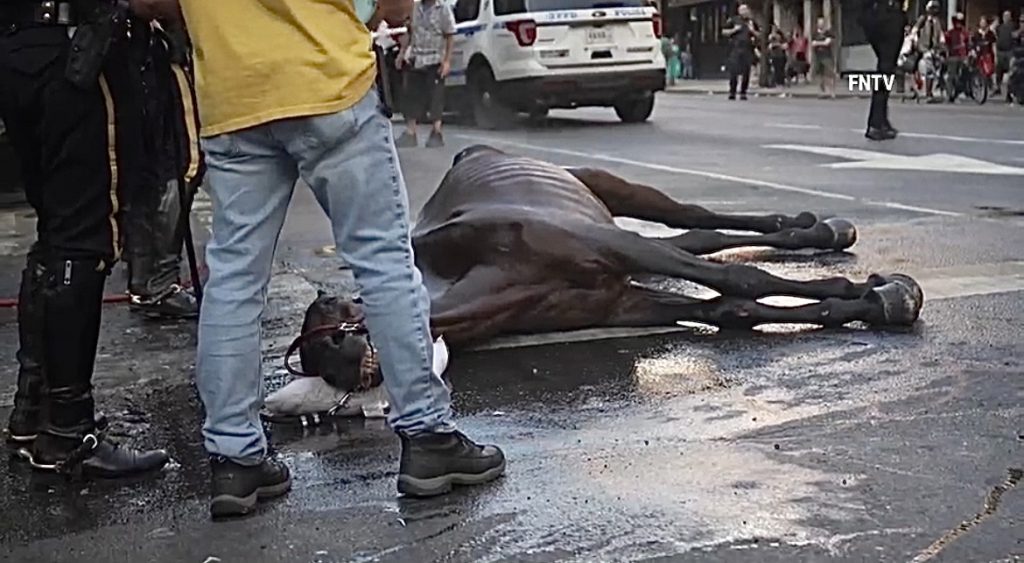
What do you want people to know about horses?
“It’s important that people understand that horses are herd and pasture animals who need to be able to graze on pasture every day and interact with other herd-mates in order to be physically and mentally healthy. Horses that are exploited to pull carriages in New York City are completely denied any pasture grazing, or even a blade of grass or patch of dirt, to move about freely and be with other horses. This denial of their basic needs alone is cruelty. Instead, they are kept immobilized between the shafts of their carriage ten hours a day, with painful metal bits in their mouth being yanked to control their movement, and then returned to tiny solitary confinement cells up steep ramps on the second and third floors of warehouse buildings on the far west side of Manhattan. This denies them all that is natural to a horse and denies them everything that makes life worth living.
Because horses are pasture animals, they are meant to be eating grass and moving around freely in order for their digestion to work properly. Horses have very sensitive stomachs. People think of horses as very powerful animals—and they are—but they are also very sensitive, especially their stomachs. When they do not have a proper diet or proper turnout or stabling, the likelihood of an agonizing death from colic increases.
Colic is a leading cause of death for NYC carriage horses, according to documents received from the NYC Dept of Health, and we believe it is because of an improper diet—too much grain, no grass, and not enough hay, a complete lack of turnout areas and substandard stabling. Adding to these problems is the lack of proper veterinary care that carriage horses receive in NYC. The standards of care are so low that a horse like Ryder, elderly and sick with cancer and other major problems, was approved to work with no restrictions.
Horses are also prey animals with a highly developed flight drive. When frightened or startled— their inborn instinct is to run away. That’s exactly why there have been so many horrific and violent crashes with horses and vehicles when horses become “spooked” in chaotic traffic and then instinctively run wildly, often into oncoming traffic. Horses and traffic are a recipe for disaster and one of the reasons why their operation in Midtown Manhattan must end. There have been dozens of these kinds of spooking disasters in just the past few years, and passengers, carriage drivers, and pedestrians have been injured.
In late November of 2022, another of these violent crashes occurred when a carriage horse became terrified and out of control in Hell’s Kitchen and ended up dragging the driver on the ground, crashing into multiple parked cars, and ending up out of control on the West Side Highway. The carriage driver was injured, and it is a miracle others were not killed. The horse also suffered leg injuries and gashes and was unfortunately put back on the streets even before his stitches were removed. A terrible situation all around. The carriage driver, who I am friendly with, actually told me he thought he was going to die as he was dragged down the street and underneath cars by the hysterical horse. The stressful and chaotic nature of Midtown Manhattan streets is no place for a horse. The horse becomes an unwitting weapon when frightened and running out of control into oncoming traffic.”
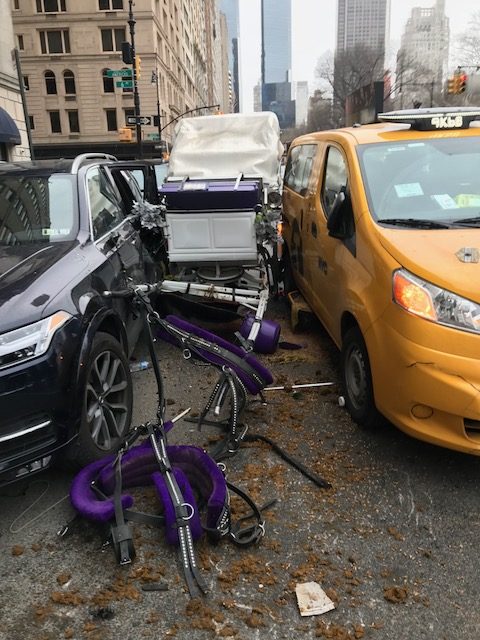
Why does New York City still allow the use of horse-drawn carriages?
“The short answer is because a powerful union (Transport Workers Union/TWU) backs the owners in the horse-drawn carriage industry. Unions wield tremendous political power in New York City and over the NYC Council, where the ban legislation is pending. The carriage owners cleverly teamed up with the Transport Workers Union (and before that, the Teamsters), who in turn have aggressively lobbied Council Members to not support a ban.
Even though an overwhelming majority of polled New Yorkers (71%) support banning horse carriages, and even though a majority of City Council Members pledged to ban horse carriages, a number of these Council Members have not kept their promise, and we fully believe it is because they do not want to anger union leadership, whom most rely on for endorsements. So, it sadly comes down to politics. It’s the same reason why the United States has been unable to pass meaningful gun reform legislation in spite of the majority of the country wanting it— powerful special interests have their neck on elected officials.
Despite this reality, the tide has been turning in our favor, especially since the criminal animal abuse prosecution of a longtime owner and leader in the carriage industry—Ian McKeever. It validates what we have been saying for many years—that criminal animal abuse is happening. We also have been continually documenting, reporting, and exposing the abysmal conditions of many of the horses, who are often suffering from untreated pre-existing injuries and ailments.
We will prevail in spite of the union being on the wrong side of history. In fact, the union is representing the interests of the owners in the industry, at the expense of the workers/drivers who are being exploited by the owners in numerous ways (being misclassified as independent contractors and denied worker protections, health insurance, workers comp, disability, unemployment, overtime, etc.). We are shocked that a union would behave this way. The truth will come out, as it always does, and we will win for the horses, as long as we are persistent and relentless. Just like Henry Bergh!”
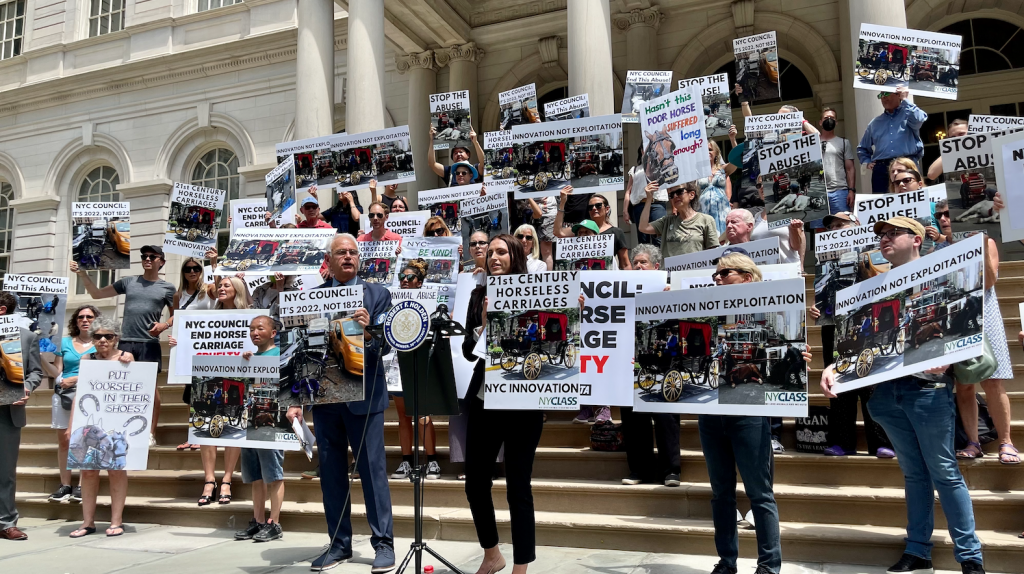
What can people do to help end the horse-drawn carriage industry?
“The New York City Council Members must hear from their constituents in order for us to win. New Yorkers can help tremendously by contacting their own City Council Members either via a phone call, an email, or both, and urging them to co-sponsor and help pass legislation to ban horse carriages. Just as the unions are lobbying these Council Members, our elected officials need to hear from the people who voted them into office and who can vote them out. Make sure that you let their office know that this is an issue you care deeply about and that you are paying close attention to the action your Council Member takes. And make sure to let them know that you live in the district. You can also request an in-person meeting with your Council Member
Folks who do not live in New York City can also take important action by contacting the powerful leader of the City Council, Speaker Adrienne Adams, and politely asking her to fast-track and help pass legislation to ban cruel and unsafe horse-drawn carriages. NYCLASS has all of the information needed for folks to take these actions on our website.
We also encourage folks to sign up for our email alert newsletter for the latest information and action alerts from NYCLASS. You can also join us at rallies and educational outreach events!
Educating friends and family about why they should never take a horse-drawn carriage ride is also important activism. We always encourage tourists to take a cruelty-free pedicab tour of Central Park instead of a horse-drawn carriage ride.”
Click here to learn more about the history of Henry Bergh and animal advocacy in New York City.
Andrew Kirschner is a licensed New York City sightseeing tour guide and the founder of Epic Walking Tours, which offers historic walking tours in Greenwich Village.

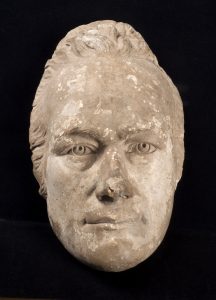
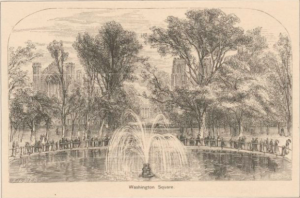
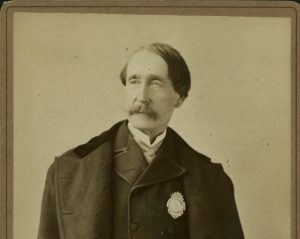
One Response
Thanks for reporting on this. As someone who has followed this issue closely since 2005, I have seen first hand that no amount of regulation or enforcement can make the operation of horse-drawn carriages humane or safe in NYC. NYC doesn’t even have a pasture where these animals can graze, run, roll and interact physically, as herd animals do. We have stripped them of everything that would make their lives worth living.